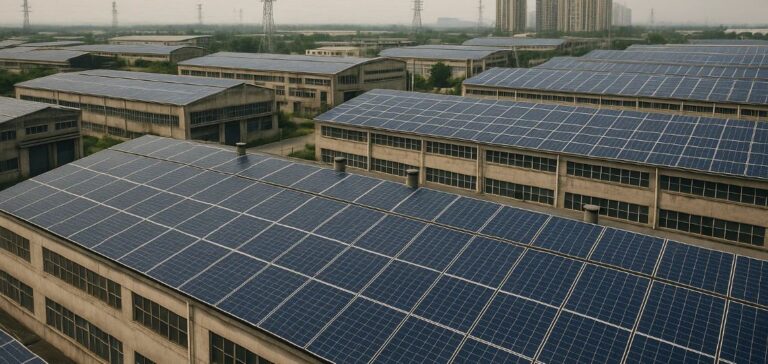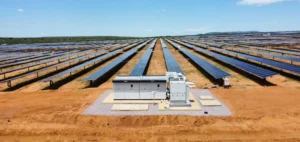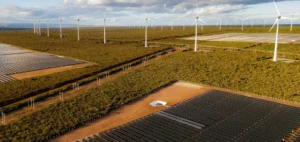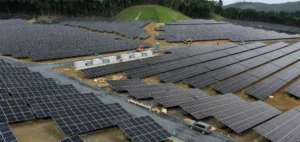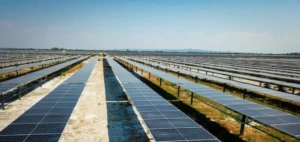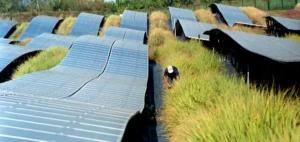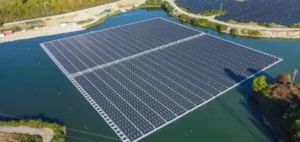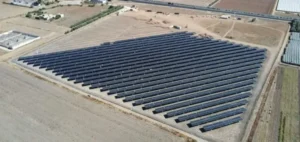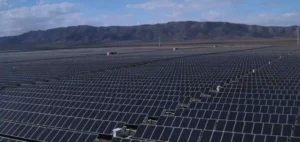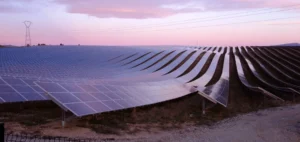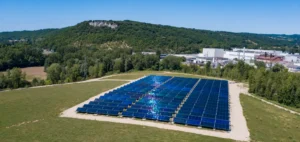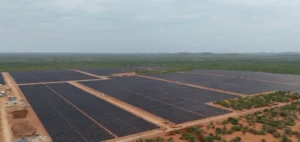China recorded strong growth in solar and wind energy capacity in the first quarter of 2025, reaching 1,482 GW, exceeding coal-fired power generation, which stood at 1,451 GW. This performance was driven by the addition of 59.7 GW of new photovoltaic (PV) capacity, a 30.5% increase from the previous year, according to data released by the National Energy Administration (NEA) of China.
Domestic demand for these technologies remains strong despite a decline in exports. Exports of photovoltaic products fell by 30.5% to $6.71bn in the first quarter of 2025. Silicon wafer exports dropped sharply by 52.1% to $290mn, while solar cell exports increased by 13.5% to $830mn, indicating continued foreign interest in intermediate products. In contrast, module exports, the dominant segment, declined by 33% to $5.59bn.
Financial performances of key Chinese companies in the sector also varied. GCL Technology, for instance, announced that its granular silicon facility in Hohhot achieved a record-low carbon footprint of 18.05 kg CO₂ per kilogram, certified by the French Environment and Energy Management Agency (ADEME). This result significantly undercuts the industry average.
Conversely, TCL Zhonghuan reported a significant loss for 2024, with revenue falling by 52% year on year to $3.91bn. The loss was attributed to ongoing price declines, despite a 10.5% increase in wafer shipments. Its Q1 2025 report showed a net loss of CNY1.96bn, a 116.7% plunge compared to the same period in 2024.
On the other hand, Arctech Solar posted strong international performance, with revenue up 41.25% from 2023, driven by a 127.63% surge in overseas sales.
Export trends reshape the PV market
Exports of Chinese photovoltaic products show contrasting trends. While volumes of solar cells and wafers increased, the sharp decline in module exports points to ongoing challenges in global markets. This highlights the Chinese solar industry’s exposure to both domestic demand and international volatility.
Mixed financial results among major Chinese players
Financial results among China’s leading photovoltaic companies reveal a stark divide. While GCL Technology and Arctech Solar reported gains driven by technical innovation and international demand, others such as TCL Zhonghuan face substantial losses due to intensified price pressure. This contrast illustrates the challenges confronting industry players in a rapidly evolving sector.


